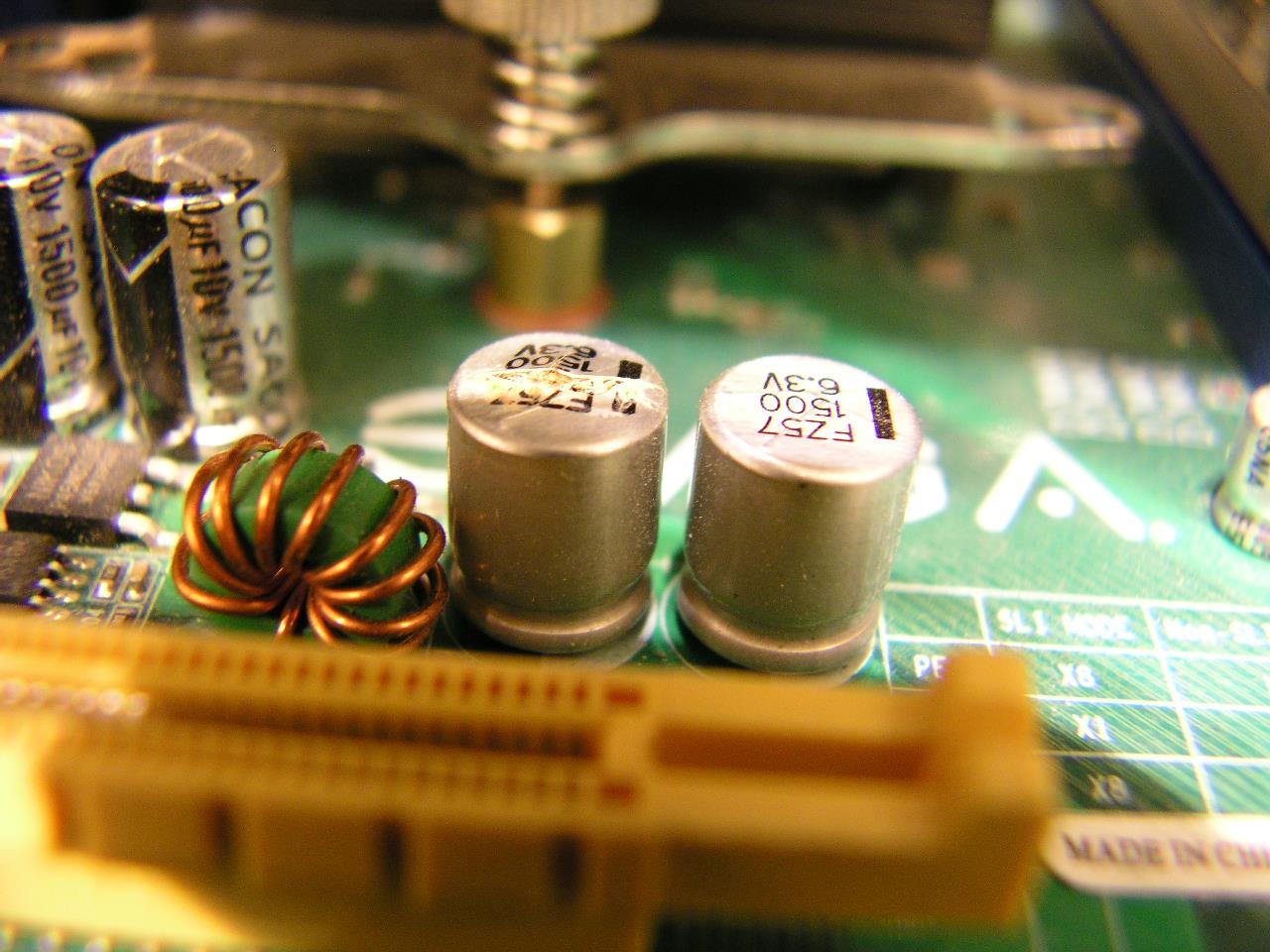- Joined
- Jun 6, 2000
- Messages
- 6,259
at least it did with my old Evga NF44 939. Noticed it today. Since there are no electrolytes to leak, think I could just leave it? It's in a spare box and it's only used for the occasional lan. Right now I don't notice anything strange but the minute I do, I prob will take the time to swap it out. Anyone else ever had a solid cap fail?


![[H]ard|Forum](/styles/hardforum/xenforo/logo_dark.png)